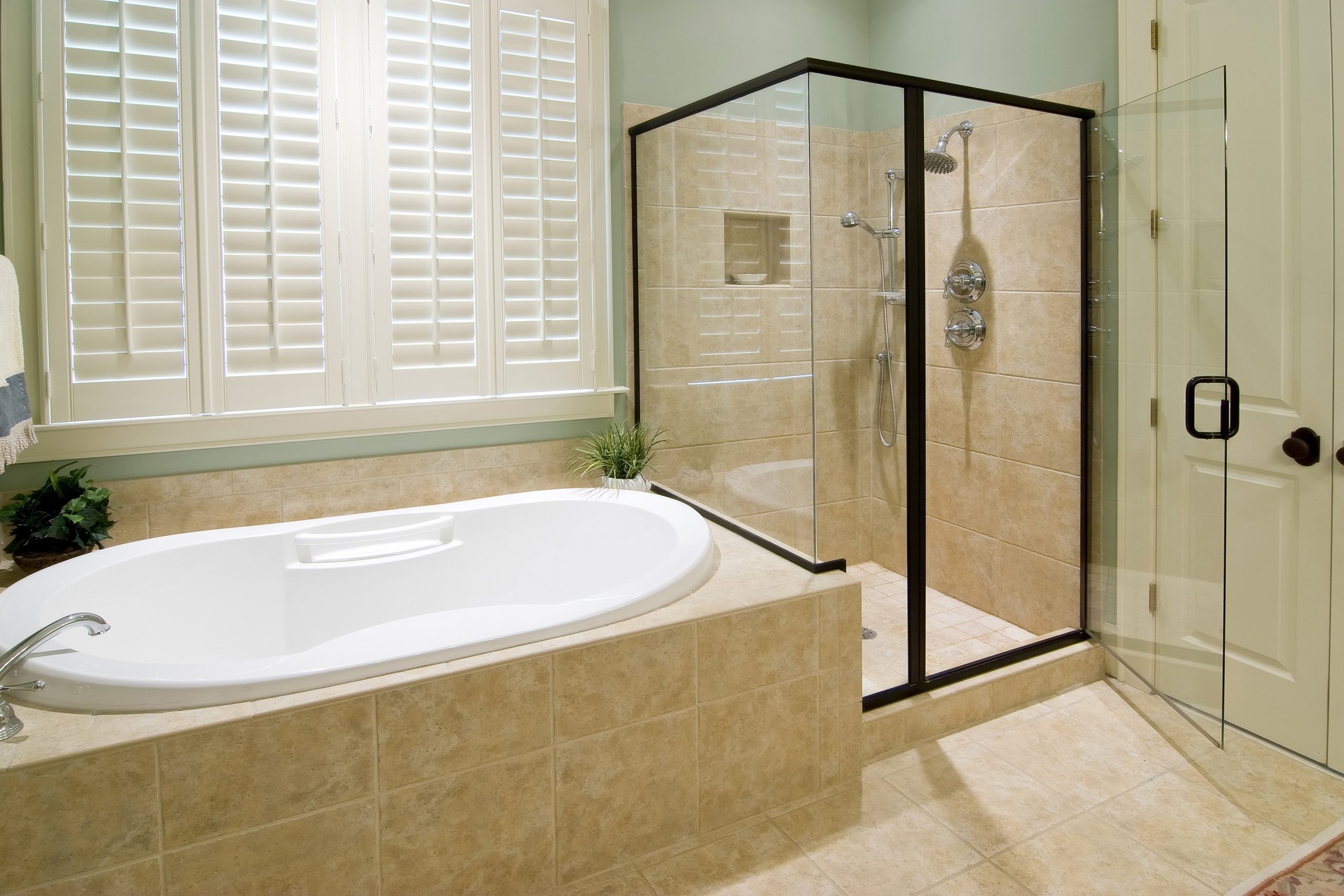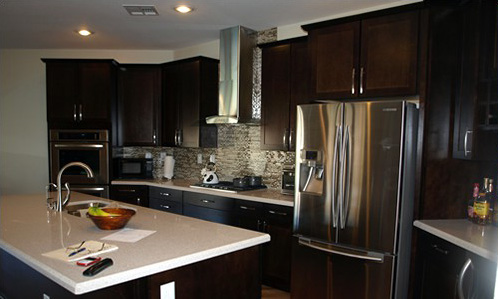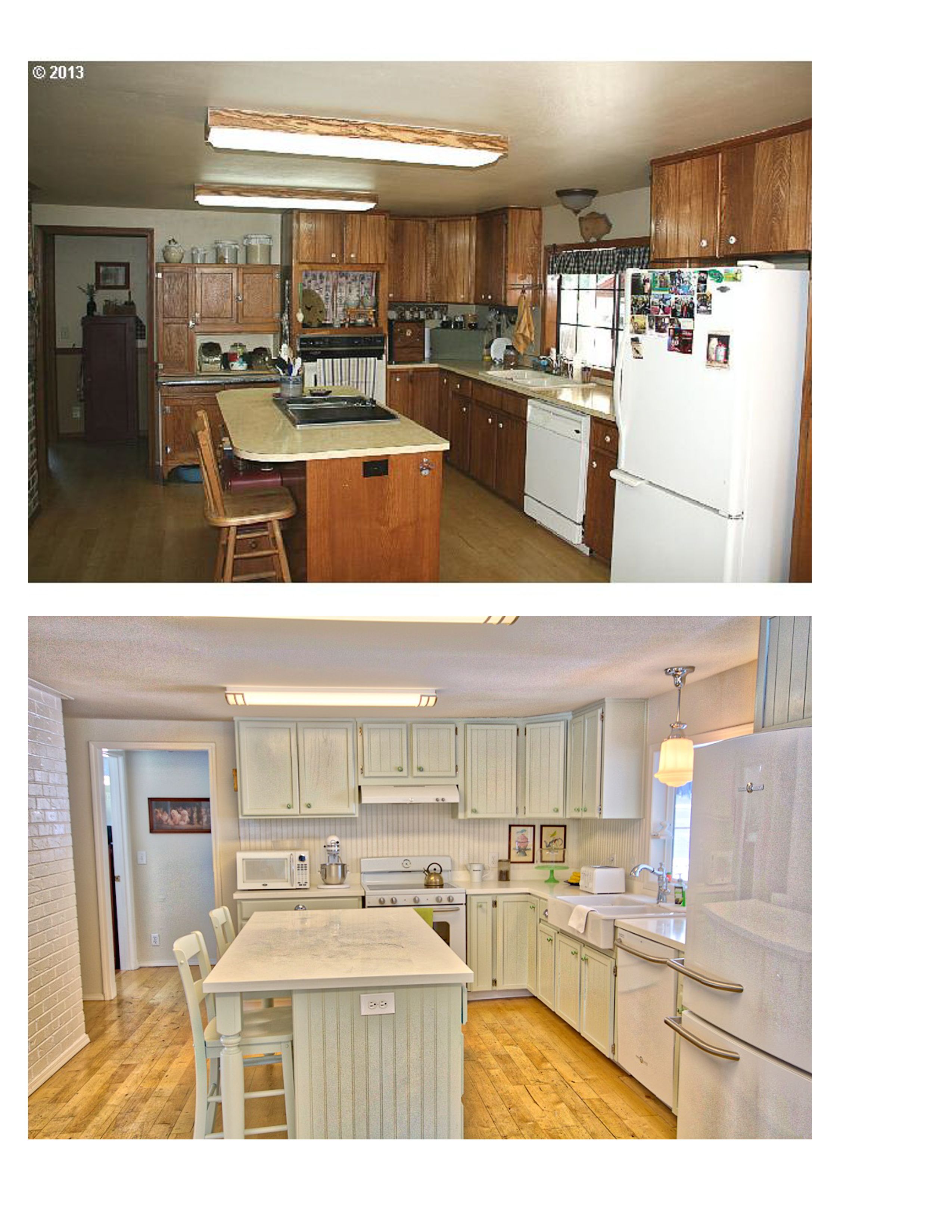
If you are considering remodeling your home, it is possible to wonder how to tear down an interior. Demolition can be fun but you must ensure that all safety precautions are followed. You must also remove load bearing walls so that you don't cause damage to the structure. Using a stud finder and a flashlight, you can find hidden utilities and other materials. Before starting the demolition process, make sure you have adequate space.
Turn off any power lines or plumbing before you start to remove walls. If you find any of these lines still in place, it is your responsibility to remove them. Before you begin tearing down walls, make sure to turn off any gas or water lines. Once that's done, it's time for you to remove the drywall. After you've finished tearing down walls you can start remodeling.

The first step when decluttering a house interior, is to get rid of all personal items. You will need to get rid of bulky items like appliances and furniture. If you are using electricity, gas, or water, you might need to call an electrician before tearing down a brick wall. You should save all wires, piping and cables. After the house is finished, you can sell or recycle them.
After you've ripped out the walls, you can start tearing up the remaining materials. It is important to make sure you're careful not to damage any of the walls. Remember to take down all the light fixtures, baseboards, and casings. You will also need to disconnect the water supply. Once you've removed all the fixtures and the drywall, you should collect any loose nails and debris before you dispose of them.
Before you begin the demolition process of your home, contact your county government. Although you can do it yourself, it is best to hire a professional to obtain the appropriate permits. Many cities and counties have specific laws regarding how to demolish a house. To avoid any fines or legal action, it is important to contact your local government for the required permits. If you are unsure, you may hire a licensed contractor.

Demolition, while a hazardous task, requires experience, the right tools and safety measures. Experts should be trained to safely remove asbestos. Before you start any demolition, it is important to get a permit. This will protect you and your family's health. If you don't have this permit, you must hire a professional to remove the asbestos from your home.
FAQ
Are there ways to save money on home renovations?
It is possible to save money by doing the work yourself. Consider reducing the number or people that you employ during renovations. Another option is to try to lower the cost of the materials you use in your renovations.
How Much Does It Cost to Renovate A House
Cost of renovations depends on the material used, how large the job is and how complex it is. Some materials such as wood require additional tools like saws and drills while others like steel do not. The price of renovations will depend on whether you need your contractor to do everything or if the work is done by you.
Home improvements can cost anywhere from $1,000 to $10,000 on average. The cost to hire professionals would be anywhere from $5,000 to $25,000. The cost to hire professionals would range from $5,000 to $25,000,000. On the other side, you could spend up to $100,000 if your task is completed entirely yourself.
The final cost for renovation depends on many factors. You should consider the material used, such as brick vs concrete. brick vs concrete), the size of the project, the number of workers involved, the length of the project, etc. These are important considerations to remember when estimating total renovation cost.
Can I remodel my whole house by myself?
If you are able to do it yourself, why not pay someone else?
No matter how much DIY you love, there will be times when it is impossible to do it yourself. There could be too many variables to manage.
An example: If your house is older than you think, it might be that the wiring is unsafe. You will need an electrician to inspect and make sure that your system is reliable and safe.
Consider that you may not be able repair any structural damage that might have occurred during the renovation.
It is possible that you don't have the right tools or the knowledge to do the job correctly. You will need a special tool called the plumber's snake to clean clogged pipes if you plan to install a kitchen sink.
There are plumbing codes that will require you to hire a licensed plumber for your project.
You need to be able to do the job before you take on any large tasks.
Ask for assistance from family and friends who have completed similar tasks before if you are uncertain.
They can give you advice on what steps you need to take and where you can go to learn more about the subject.
Statistics
- It is advisable, however, to have a contingency of 10–20 per cent to allow for the unexpected expenses that can arise when renovating older homes. (realhomes.com)
- According to the National Association of the Remodeling Industry's 2019 remodeling impact report , realtors estimate that homeowners can recover 59% of the cost of a complete kitchen renovation if they sell their home. (bhg.com)
- Design-builders may ask for a down payment of up to 25% or 33% of the job cost, says the NARI. (kiplinger.com)
- A final payment of, say, 5% to 10% will be due when the space is livable and usable (your contract probably will say "substantial completion"). (kiplinger.com)
- Most lenders will lend you up to 75% or 80% of the appraised value of your home, but some will go higher. (kiplinger.com)
External Links
How To
How do I plan a whole-house remodel?
Research and careful planning are essential when planning a house remodel. Before you start your project, here are some things to keep in mind. First, you must decide what type of home improvement you want. There are many options available, including kitchen, bathroom and bedroom. Once you've decided on which category to work on you will need to calculate how much money is available for your project. If you have never worked on homes, it is best to budget at most $5,000 per room. If you have more experience, you might be able spend less.
Once you have figured out how much money you can afford to spend, you'll have to determine how big of a job you want to tackle. A small kitchen remodel will not allow you to install new flooring, paint the walls, or replace countertops. On the other hand, if you have enough money for a full kitchen renovation, you can probably handle just about anything.
The next step is to find a contractor who specializes in the type of project you want to take on. You'll get high-quality results and save yourself lots of headaches down the line. Once you have found a reliable contractor, it is time to start gathering supplies and materials. You might need to make everything from scratch depending upon the size of your project. You shouldn't have any trouble finding the right item in pre-made stores.
After you've gathered all the supplies you need, it's time to begin making plans. First, you'll want to draw up a rough sketch of where you want to place furniture and appliances. The next step is to design the layout of the rooms. Be sure to leave enough room for electric outlets and plumbing. Visitors will be able to easily reach the areas that are most frequently used near the front doors. Finally, you'll finish your design by deciding on colors and finishes. Keep your designs simple and in neutral tones to save money.
Once you have completed your plan, it is time to begin building. Before you begin construction, it's important to check your local codes. Some cities require permits. Other cities allow homeowners without permits. You will need to first remove all walls and floors that are not required for construction. To protect your flooring, you will lay plywood sheets. You will then attach or nail pieces of wood together to make the cabinet frame. Finally, attach doors and windows.
There will be some finishing touches after you are done. Covering exposed pipes and wires is one example. For this, you will use plastic sheeting or tape. You will also need to hang photos and mirrors. Be sure to tidy up your work space at all costs.
This guide will show you how to create a functional, beautiful home. It will also save you a lot of money. Now that your house renovation plan is in place, you can get started.